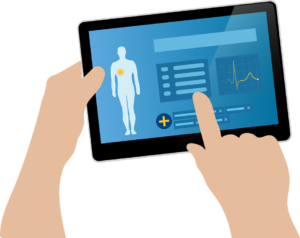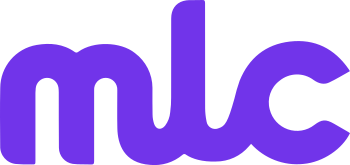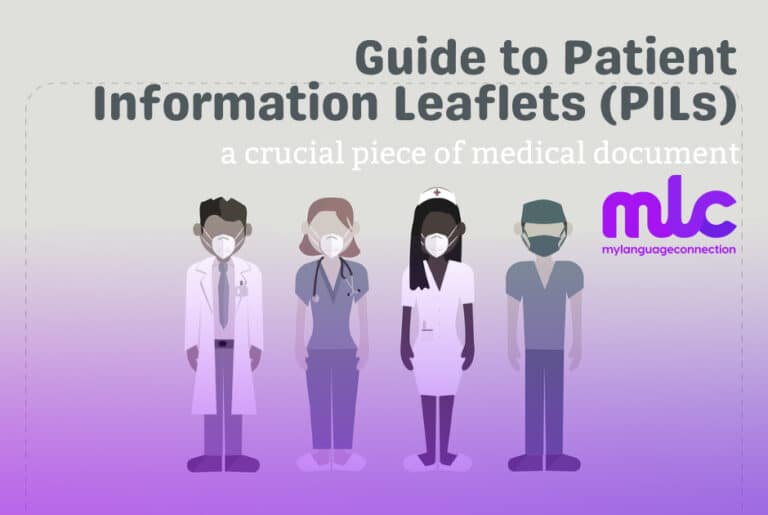Patient information leaflets (PIL) are a crucial piece of medical document. Accurate and honest translation is a must to ensure patient safety in the use of medical devices or products.
The past decade or so has seen a tremendous shift in the interaction between patients and healthcare providers. In the past, patients were often kept in the dark about the diagnosis and treatment procedures of various conditions. Today, patient information isa must and this is evidenced by the important role that patient information leaflets play in the medical setting.
 What is a Patient Information Leaflet (PIL)?
What is a Patient Information Leaflet (PIL)?
Patient information leaflets (PILs) is a type of leaflet that is included by the manufacturer in the packaging of medical products, devices, and equipment. This leaflet contains a text of useful information as per patients requirement. There is a standard template to be followed when creating this piece of document that applies to any other similar product, such as medication or medical equipment.
This leaflet must provide information about the administration of medication (or usage instructions for medical devices or equipment), precautions, and the potential side effects. As the name implies, it contains crucial information that the patient or caregiver needs to know.
Role of Patient Information Leaflets in Patient Treatment
A patient must have access to information that is directly involved with the type and quality of care they get. This information is available through the patient information leaflet. It gives them a more in-depth understanding of their symptoms, diagnosis, the treatment recommended, and the prognosis for their condition. With this, they can make a more informed decision on how to proceed with the treatment process and, more importantly, if they consent to it.
Patient information leaflets are, therefore, an important tool that can allow ethical practice in patient care. Most doctor’s consultations last for 5 to 10 minutes. While doctors encourage patients to ask questions or the doctor tries their best to provide all the essential information that the patient needs to know during that span of time, it is not enough. Most patients are unable to sink in that information during that short period of time.
The leaflet is there to bridge the gap between patient and doctor communication. Increased education for patients is now possible, especially when it comes to choosing their treatment. When patients feel they have knowledge and control of the treatment or medication administered to them, they are more likely to experience satisfaction from the procedure.
It also gives patients higher autonomy in administering medications or using medical devices at home, especially as part of the after-care process for a procedure. This will increase the effectiveness of the products and/or medications since they are administered in the way that they are designed for.
Best Practices for Writing Patient Information Leaflets
Follow these guidelines for writing patient information leaflets to achieve its purpose.
- Write the information from the patient’s point of view. Choose a language that can be easily understood across various literacy levels.
- Make the statements direct and concise.
- Write in an active tense. This makes it easier for patients to understand and retain the information.
- Use bullet points or numbers. This makes complicated information easier to digest.
- Use pictures and diagrams. Support the information with visual imagery to make it easier to understand.
- Always write numbers as words (for numbers one to nine). Any number above 10 must be written as numbers.
- Avoid long paragraphs. Otherwise, patients won’t bother reading huge blocks of texts.
- Explain everything. Support patient instructions with details, so patients have a better understanding of the treatment process.
- Keep information consistent.
In addition to these writing guidelines, there are other ways to improve PILs as a helpful patient resource. First and foremost, the organisations that are involved in the delivery of the care and treatment for the patient must fully coordinate the information contained in the leaflet. This ensures that patients receive standardised information and that this information is deemed accurate and relevant by the time of its writing.
Emphasis should be given to the fact that the information within the leaflet are from health clinics and health professionals, rather than being lifted elsewhere.
Risks and Concerns with Patient Information Leaflets
Patient information leaflets should be informative, accurate and localised if required. However, this is only a supplemental tool to enhance the scope of a patient’s knowledge about a medication, treatment, or procedure. It should not be used in exchange for face-to-face communication with a doctor or healthcare provider. A discussion with a healthcare professional is still the most accurate way to get information about a patient’s condition or other health concerns.
Another risk involved with patient information leaflets is that some of them are not written in a way that would be easy for most patients to understand. While the information is available to patients, the language used makes it difficult for them to truly grasp the information that is provided.
As a result, this text or leaflet is irrelevant since it defies the purpose that it was designed for. Many patients also claim that they would rather speak to a doctor than read information from a leaflet. Therefore, an important area of focus here would be to choose a language that would be easy for a layman to understand, even for those without medical know-how. This could lead to another source of danger involved with using PILs, which is the possibility of the information being misinterpreted by the patient.
Refer to the tips above and the list of best practices for writing PILs to ensure that the information conveyed is read and understood by patients. Otherwise, it would only cause more confusion and this could have dangerous, if not fatal consequences.
Conclusion
The healthcare industry is evolving and one of the biggest signs of transformation is in the higher involvement of patients in choosing their method of treatment. The communication with attending physicians is no longer one-way; patients can now openly discuss their options with doctors, allowing the former the opportunity to assess the best treatment route that they are most comfortable with.
Increasing patient education has historically produced better outcomes. At the same time, it has resulted in fewer mistakes, especially when administering medications and devices. Guidelines are in place but stronger regulations and more improvement processes must be done to make the information more useful and accessible.

